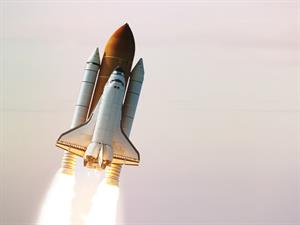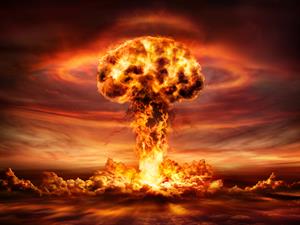
PUMPA - SMART LEARNING
எங்கள் ஆசிரியர்களுடன் 1-ஆன்-1 ஆலோசனை நேரத்தைப் பெறுங்கள். டாப்பர் ஆவதற்கு நாங்கள் பயிற்சி அளிப்போம்
Book Free DemoProduction of sound:
When we talk, we produce a noise. Also, when metals such as iron, copper are struck, it produces sound (as metals are sonorous in nature).

Similarly, when certain chemical reactions occur, they do emit sound.
Example:
Case 1: If you light a firecracker, it creates sound, the chemical substances kept in the crackers go through a series of chemical reactions.
Result: The sound was due to the chemical reactions that have been taken place.
Case 2: Take a clean test tube and add a few drops of dilute hydrochloric acid. Drop a piece of magnesium or zinc metal inside the test tube.
Observation: A pop sound will be heard when a burning matchstick is brought closer to the test tube's mouth.
Result: It is because hydrogen gas is formed when a metal like zinc or magnesium reacts with dilute acids. Thus, the pop sound is produced when hydrogen gas interacts with oxygen in the air because hydrogen gas is highly flammable.
So we can now conclude that certain chemical reactions can produce sound.
Production of pressure:
What happens if you compress a balloon that's full of air? Is it going to explode or not?
It will, in fact, burst. This is due to the balloon's rapid release of air as a result of increased compression pressure.
Example:
There are certain chemical reactions which create gases that build up pressure when they occur in a closed container.

We get an explosion when the pressure level exceeds the limit. This is how explosives and fireworks work.
When they are ignited, the pressure generated by the gases produced by the chemical reactions causes them to burst. As a result, you hear a massive sound.
So, we can conclude that certain chemical reactions can produce pressure.